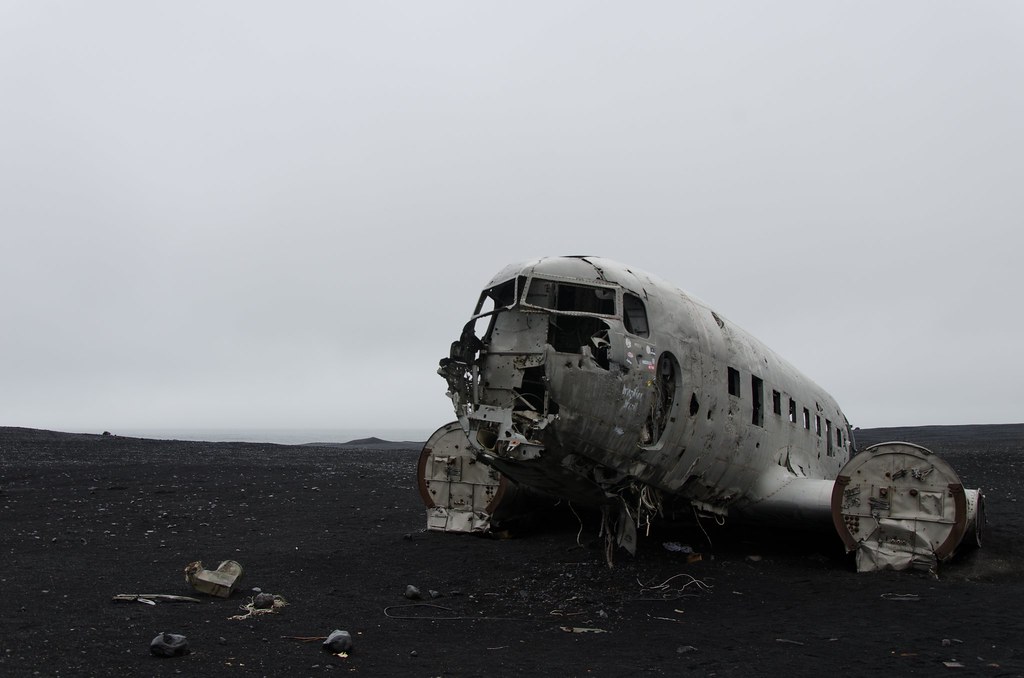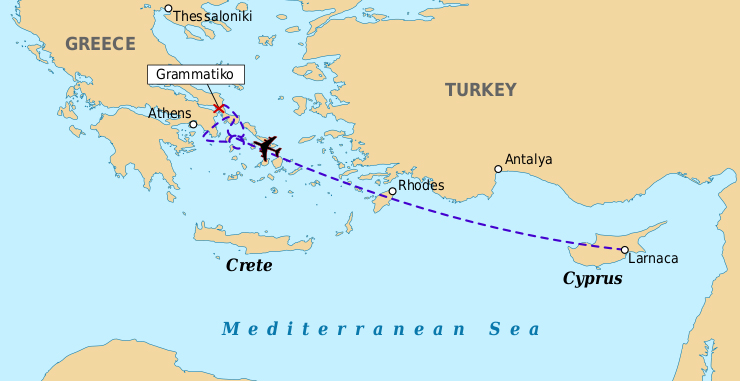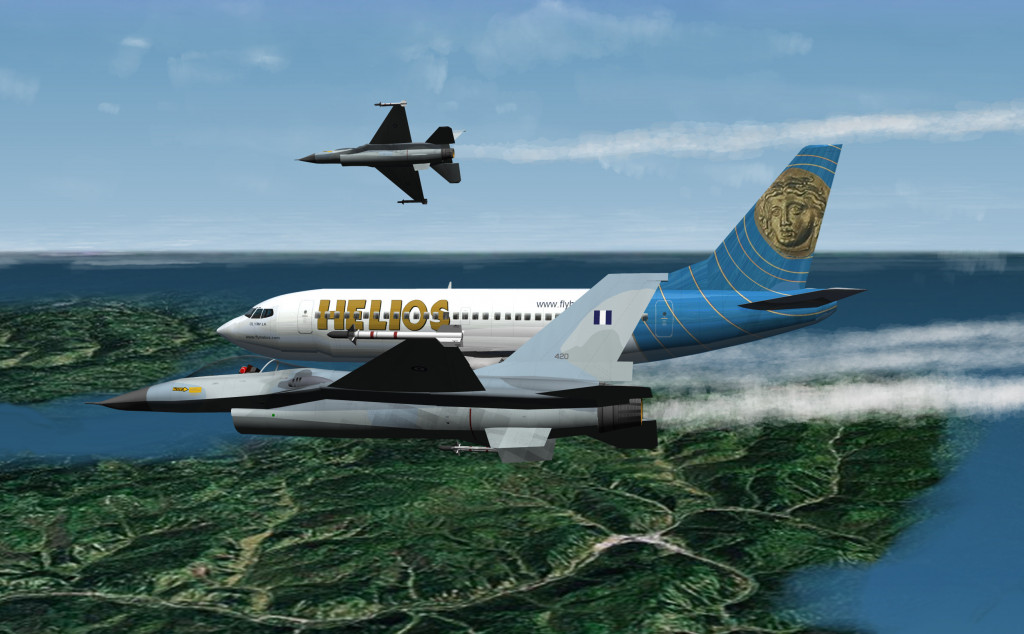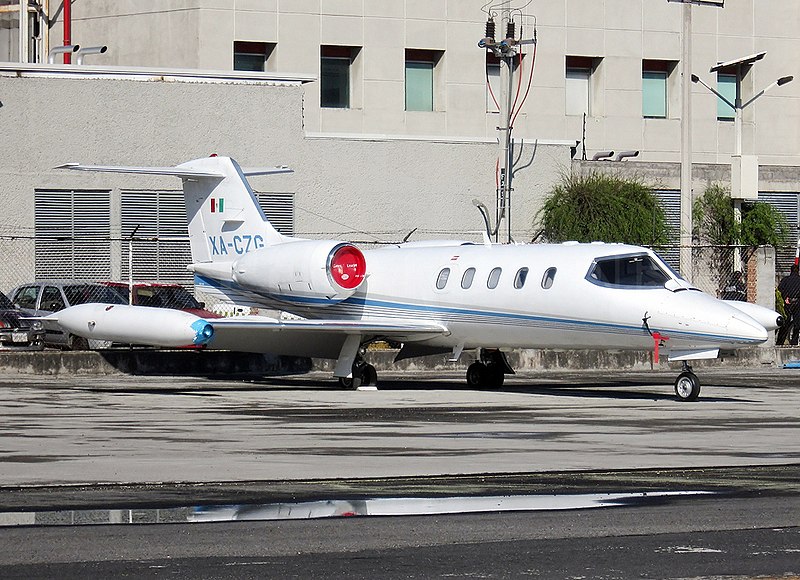Table of Contents (click to expand)
Ghost planes are flights that, due to a malfunction, lead to a plane full of unconscious crew members and passengers.
Packing your bags, making itineraries and reservations, blocking out calendars, booking hotels: each one of those phrases likely evokes a cheery and joyous emotion in most of us. So long as you can afford it, travel is one of the best forms of leisure and relaxation, a perfect escape from the hustle, bustle, and monotony of plain ol’ life.
There’s little that can dampen the spirit of a vacation, except if you’re Alex from Final Destination, bound on a flight to Paris with your friends, realizing minutes before that the plane is going to explode mid-air, with you and your friends inside it. As unlikely as that sounds outside of a movie, an airplane is, after all, just a metal body suspended in the air, thousands of feet above the ground. That thought doesn’t make me feel too comfortable, if I’m being honest.

Despite advancements in the aviation industry that have made air travel as developed and convenient as ever, flight mishaps aren’t just a thing of the past. They can occur due to several factors, including pilot error, mechanical failures, and maintenance errors, among others, but there is one such bizarre occurrence in the industry that specifically gives me the creeps.
What Are Ghost Planes?
Ghost planes are flights where, due to a malfunction, such as uncontrolled depressurization, the crew becomes immobilized mid-flight, leaving the plane on autopilot until it eventually runs out of fuel and crashes. It is basically an entire flight of unconscious cabin crew and passengers, flying on its own, with no contact with the outside world, until it eventually crash-lands, generally killing everyone inside.
Even with external interception present, nothing can be done except to watch the plane fall to its unavoidable demise.
Also Read: What Happens If You Get Sucked Out Of An Airplane?
Have These Incidents Actually Happened?
There have been several such strange incidents across history, explained in greater detail below.
Helios Airways Flight 522
This is one of the most, if not the most, terrifying examples of flight mishaps in history. Flight Helios 522 was a passenger plane, flying from Cyprus to the Czech Republic, with a layover in Greece. The Boeing 737 crashed due to human error when one of the ground maintenance engineers, during routine maintenance, set the flight’s pressurization system to manual and forgot to put it back into automatic. It was this one small irregularity, along with a few other errors, that led to the death of all 121 people onboard.
Post-crash investigations showed that there were warning signals that the crew could have noticed and used to rectify the problem; however, due to Boeing’s history of incidents involving confusing alarm systems, they overlooked the alerts. If it had been noticed, they would have put on oxygen masks and been able to communicate the problem, and find a solution.

13 minutes into the flight, the pressure started dropping onboard, causing the crew to feel the effects of hypoxia, rendering them incapable of responding. Even after the oxygen masks dropped, the flight kept gaining altitude, failing to respond to communications from the ground. Two Greek fighter jets had to be deployed, and upon interception, they saw a frightening scene: the flight was full of unconscious people and the pilots were incapacitated.
There was, however, a hero on board, one flight attendant who somehow remained conscious, and in the last 30 minutes, tried to take control of the plane as it ran out of fuel and started its descent. Unfortunately, he failed in his attempt. The plane crashed at a high speed, causing a catastrophic impact. The forensic findings concluded that the victims were still alive on impact, but in a “deep, irreversible coma.” The plane’s tail section was the most intact part, bearing a portrait of the Green Sun God, Helios—a symbol of its glory days.

Also Read: What Really Happens When A Bird Hits An Airplane?
Learjet 35A

In 1999, a private jet with 6 occupants, including American golfer Payne Stewart, departed Orlando on its way to Dallas, with enough fuel for over 5 hours of flight. However, 14 minutes after departure, the flight climbed in altitude and communications ceased. Fighter jets were deployed, but the windows were opaque with ice. After flying without control for over 4 hours, the fuel began depleting, causing it to fall at a near-supersonic speed, crash-landing in South Dakota, killing everyone inside. The report cited that the cabin had lost pressure, even though the reason for this was never determined.

Also Read: Why Have Commercial Aircraft Not Gotten Any Faster In Recent Decades?
The Bo Rein Crash
Bo Rein was an American football and baseball player in the 1900s. Only 42 days after he had been hired as Louisiana State University’s head football coach, he died after riding in a ghost plane into the Atlantic Ocean. A Cessna twin-turboprop rerouted to avoid an incoming storm, only to eventually lose contact with the ground, and similar to other flights, climb to an extremely high altitude. The pilots in this flight also presumably lost consciousness due to pressure destabilization, until the plane crashed in the middle of the ocean. There were no human remains found.
These accidents might have been avoidable, and there’s still hope that further advancements in the industry might prevent such mishaps from occurring, but the ghosts of these flights continue to be a chilling reminder of human error and the impact it holds. Let’s all just hope that the next time we plan to take a trip somewhere, it doesn’t turn out to be a historic one.
Also Read: What If You Jumped Out Of An Airplane Into The Sea Without A Parachute?
How well do you understand the article above!

